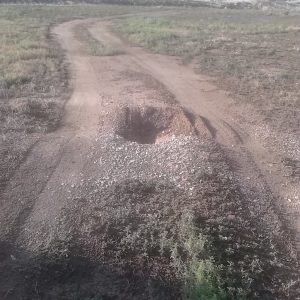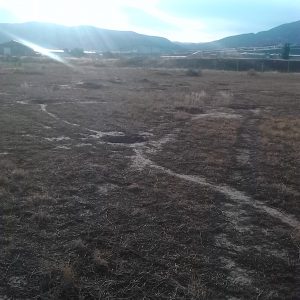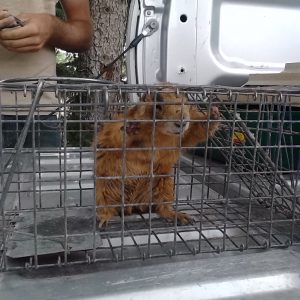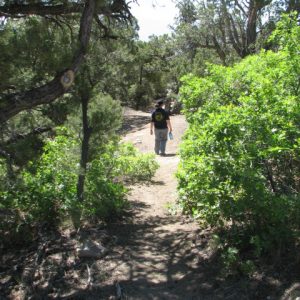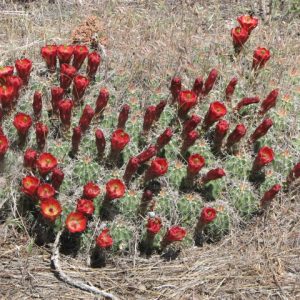Cedar City is just starting to take on that homely feeling, as the internship winds down to the last few weeks. 5-6 months is about the amount of time it takes, I suppose, for one to really adjust to a new locale.
Our time the past few weeks has been consumed primarily by one project; Utah prairie dog wildlife clearances for cattle guard construction and trough maintenance. This undertaking posed a variety of challenges which required critical thinking, providing us valuable experience developing our field skills and technical report writing abilities.
I moved to Cedar City about 10 days prior to the start of my internship, and by the suggestion of my mentor, used some of that down to attend a Utah prairie dog survey certification course, instructed by a joint effort between the USFS and Utah DWR. Despite attending this training course, the cattle guard/trough clearances was my first official UPD survey, requiring sharpening my understanding of protocol, of which the details had become hazy over the five months since training.
Our supervisor for the project is a senior biologist who has headed the UPD program within the field office for many years. As such, she made clear from the onset her high expectations for our field work and report. Though the guard construction and trough maintenance had been known about for quite a while within the FO, it fell under the radar and addressed only once the September seasonal deadline for UPD surveys drew near. This unfortunately produced a narrow timetable for Maria and myself to conduct field work and report writing.
Aside from a minor mapping error, our survey went well, finding two active UPD holes in one of nineteen proposed project locations. After collecting our data, it was time to write the report. Though we have completed a couple write-ups this summer, they did not come close to requiring the depth and preciseness under a crunched timeline, as needed of these clearances. This being the case, Maria and I were slightly distressed to find our first draft returned with heavy track changes, despite the encouragement of our project supervisor who applauded our work thus far. Because some of project areas overlapped with historically mapped UPD habitat, much of the difficulty in the report lied in referencing specific stipulations for required conservation measures. Another aspect of the report we struggled with was creating maps to properly illustrate where we surveyed in the project action area. Part of the problem lied in a miss-communication between us and our supervisor in expectations regarding suitable habitat vs. area surveyed. In addition, Maria and I are both beginners of using GIS technology to create and alter maps, myself especially. We eventually managed to produce acceptable draft reports for the project within the deadline, and thus construction is slated to begin this week. Given our limited experience and high expectations, it feels good to produce a sufficient product.
Other duties completed the past couple weeks include assisting DWR with seine netting to assess fisheries populations in the Virgin River, and repairing fencing around sensitive riparian exclosures with the field office range technicians. Both were rewarding, physically demanding, experiences. This coming week we are slated to assist a field office biologist with pygmy rabbit monitoring, a state sensitive species.

